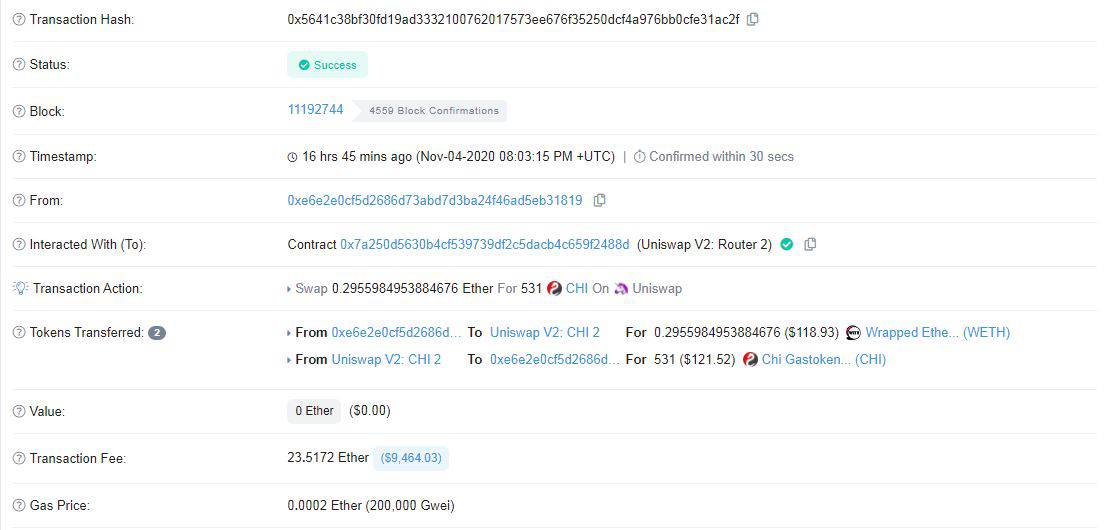

We discuss these technologies in greater detail below. In order to scale to 1 million TPS, Ethereum will need a further three implementations – improved rollups, sharding and increased bandwidth. For reference, a network like Visa can handle around 65,000 TPS. Ethereum currently handles around 10 TPS (transactions per second) so a 100x improvement is needed to achieve its scaling goals. Monolithic vs modular task distribution / Source: CoinsharesĪlthough there are already many layer 2s launched or in production, the scaling roadmap is far from complete.

Layer 2’s are separate blockchains built on top of Ethereum (layer 1) that help to scale the layer 1 with faster throughput and lower fees all while preserving decentralisation and security. Consensus will be handled by the Proof of Stake ( PoS) Beacon Chain, data availability will be handled by the current Ethereum chain and execution will be handled by layer 2s. When Ethereum upgrades to Proof of Stake, expected in September 2022, there will be different chains for each task.


A modular blockchain utilises the concept of specialisation and chooses to separate these tasks into separate chains. Over a decade later, there is now the rise of modular blockchain architectures. Since their inception, blockchains have been monolithic, that is, blockchains were expected to perform all three tasks under one chain. Execution is where all the transactions happen, consensus is where network participants agree on what has happened and data availability is guaranteeing that data is accessible to all. Task distribiution as a need to scaleįrom a high-level perspective, blockchains perform three main tasks, execution, consensus and data availability. There have been many attempts to solve this issue, including plasma and sidechains but these solutions also fell short of the design goals. While this trade-off has helped to make for a better user-experience, the outcome of centralised blockchains does not allow for the innovation, culture or benefits associated with a decentralised paradigm. This trilemma has burdened the industry for years, with many alternative layer 1s opting to sacrifice decentralisation in favour of speed. In this report, we outline the steps Ethereum is taking to scale its blockchain without compromising on the other two attributes. Traditionally, most blockchains, like Bitcoin (BTC) and Ethereum (ETH), have opted for decentralisation and security at the expense of scalability. This issue, where a blockchain must choose two of these three guarantees, is known as the “ blockchain trilemma”. However, the architecture behind these ledgers leads to a trade-off between decentralisation, security and scalability. Will Ethereum reach 1 million transactions per second (TPS) this way? The burden with the Blockchain-Trilemmaīlockchains are powerful networks that provide users with a shared digital ledger. Both layer 2s and sharding will each increase throughput by 100x and the bandwidth is expected to grow 50% per year for at least the next decade. So-called sharding is expected to help Ethereum reach new heights in terms of throughput and transaction speeds.Įthereum’s modular approach to blockchain design allows for optimisation within each component and eliminates some of the inefficiencies seen in monolithic blockchains. The rapid growth of decentralized financial applications (DeFi) and, more recently, non-fungible tokens (NFTs) have forced the Ethereum network to its knees several times.


 0 kommentar(er)
0 kommentar(er)
